While staying in the Canary Islands, we discover that online shopping has its limits. Many companies simply do not sell items to this region—the difficulty of transport and the necessity of customs control make companies reluctant to send products there, and the stove we ordered took about 3 weeks to arrive. Electronic parts sent by FedEx did not arrive, and the seller had to send them again via UPS, which seems to be the most efficient there. Since we couldn't find the long narrow solar panels we needed anywhere on the islands, and after our online shopping experiences, we feared they wouldn't arrive, we decided to bring them by plane from Poland.
Our luggage was really impressive and extremely heavy. Fortunately, our first overnight stay upon arrival in Tenerife was quite close to the bus station, but we had to vacate the room before 11:00, and our ferry was in the late afternoon. We decided to spend those few hours at the beach. Since we were already relatively close to the tropics, the midday sun stood almost directly above our heads. Luckily, we managed to find a free palm tree on the beach under which we set up camp and waited it out, but it was one of the more exhausting trips to El Hierro.
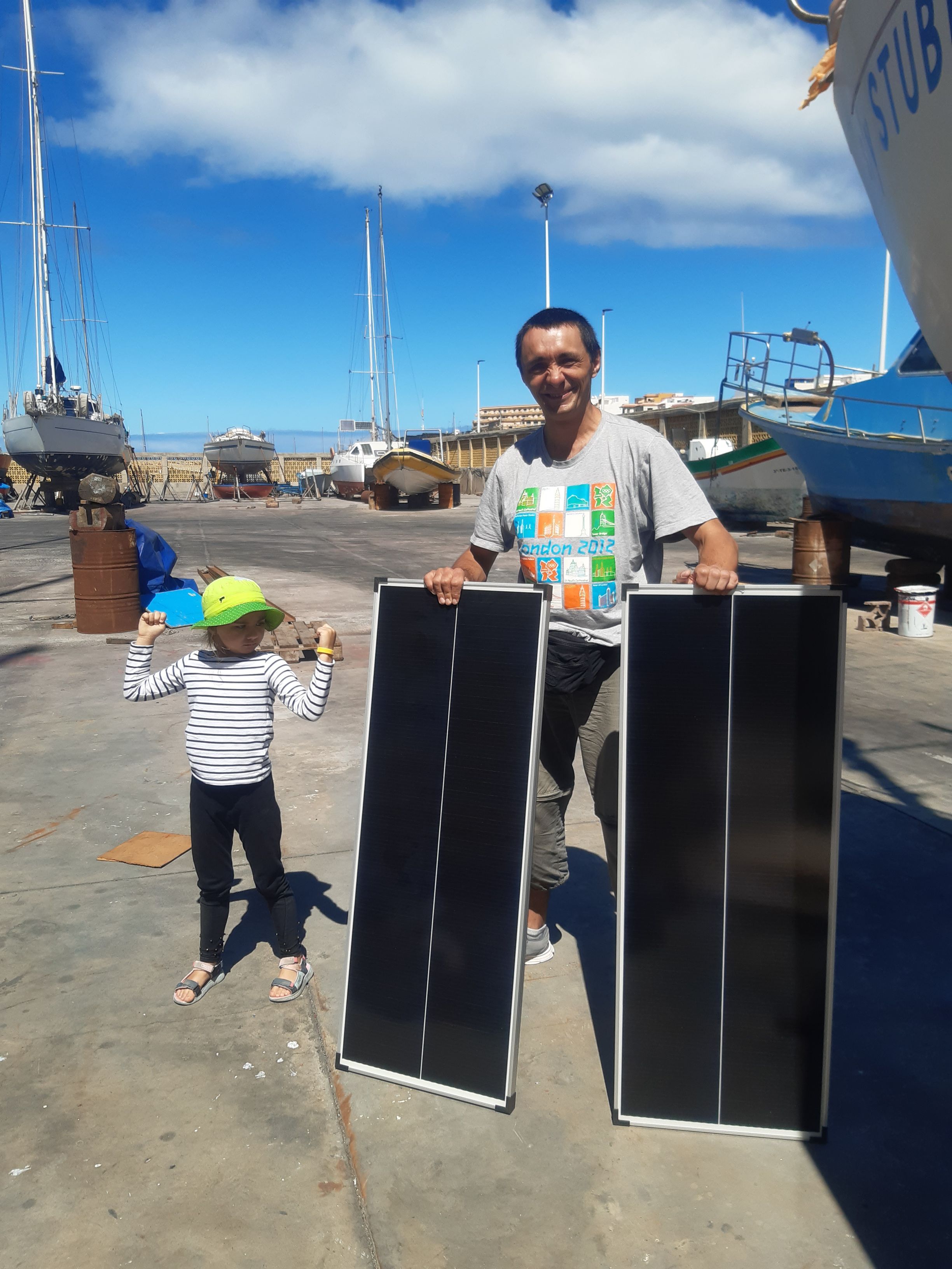
While sailing to the Canary Islands, several options for further travel were considered - through the Azores back to Europe, to Gambia and then to South America, or a winter cruise straight to the Caribbean. In any case, Stubborn would have to winter on the water, so Kamil decided it was necessary to properly secure the bottom. In warm waters, even moving boats become overgrown, and stationary ones can become covered with seaweed and various crustaceans, making them difficult to sail and requiring removal from the water to clean, which in many places is difficult if not impossible. After long analyses, Kamil decided to paint the bottom with Coppercoat (an acrylic resin with added copper powder). It's an expensive product, but supposedly the most effective (protection for up to 10 years).
Additionally, an advantage of coating the hull with epoxy is that any damage can be repaired with practically any other epoxy by simply sanding the specific spot. With paint, if additional layers are added on top of previous ones, over time it all falls apart. Moreover, an epoxy coating does not dry out and crack when the yacht is on land.
The operation had to start with cleaning the bottom down to the laminate itself. It turned out that the scrapers we brought from Poland weren't sufficient, and we had to buy an angle grinder. Even using it, the operation was difficult, as the previous layers of paint were either hard and dusty or soft and clogged the sandpaper. Altogether, it was incredibly messy.


When we reached the bare laminate, we discovered that the yacht must have once hit something strongly with its ballast. The repair was done with a different laminate than the original osmosis-resistant one and water started to get in. This is very dangerous because if the cast iron ballast begins to rust, it will blow the keel apart from the inside. Fortunately, the water did not get all the way to the ballast. We bought fiberglass mat and managed to repair the damage. In the process, we found another temporarily repaired collision. It was patched with epoxy glue mixed with metal screws.
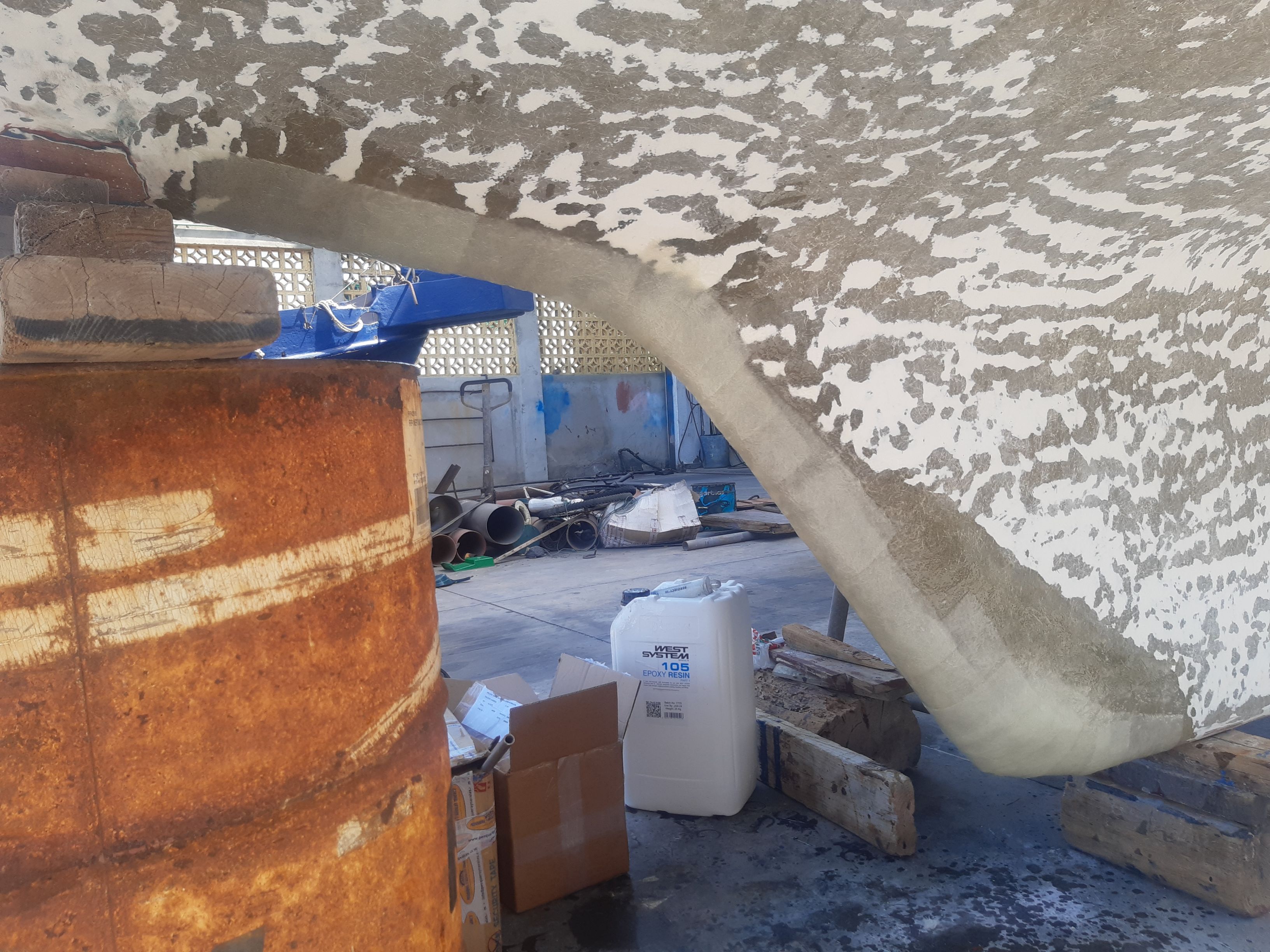


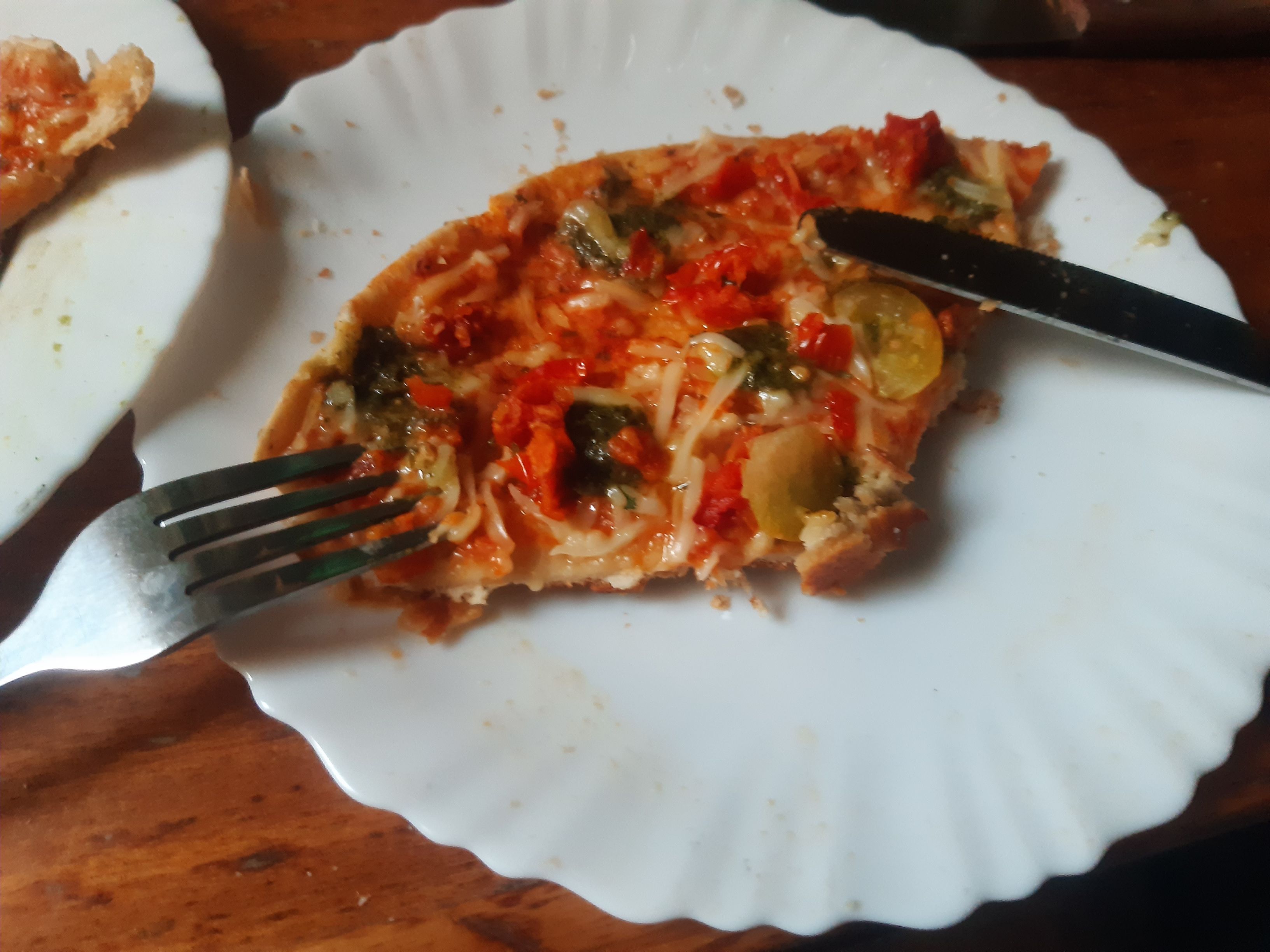
The Coppercoat manufacturer recommended West Systems resin with the appropriate additive as an anti-osmosis primer. This resin does not contain a solvent, meaning there is no need to wait 48 hours for the solvent to evaporate before applying Coppercoat. In hindsight, an additional two days would have made little difference in this undertaking. As we later learned, solvent-based resins are significantly more resistant to potential surface contamination or the conditions for bonding subsequent layers.

Laying resin requires strict rigour - the layers must be applied at very specific time intervals to chemically bond. Otherwise, they can only join mechanically after sanding the previous layer. We started in the early afternoon and finished in the dark of night - fortunately, Javier took pity on us and flooded the area with light from lanterns, as our headlamps, though strong, provided a fairly narrow field of light.
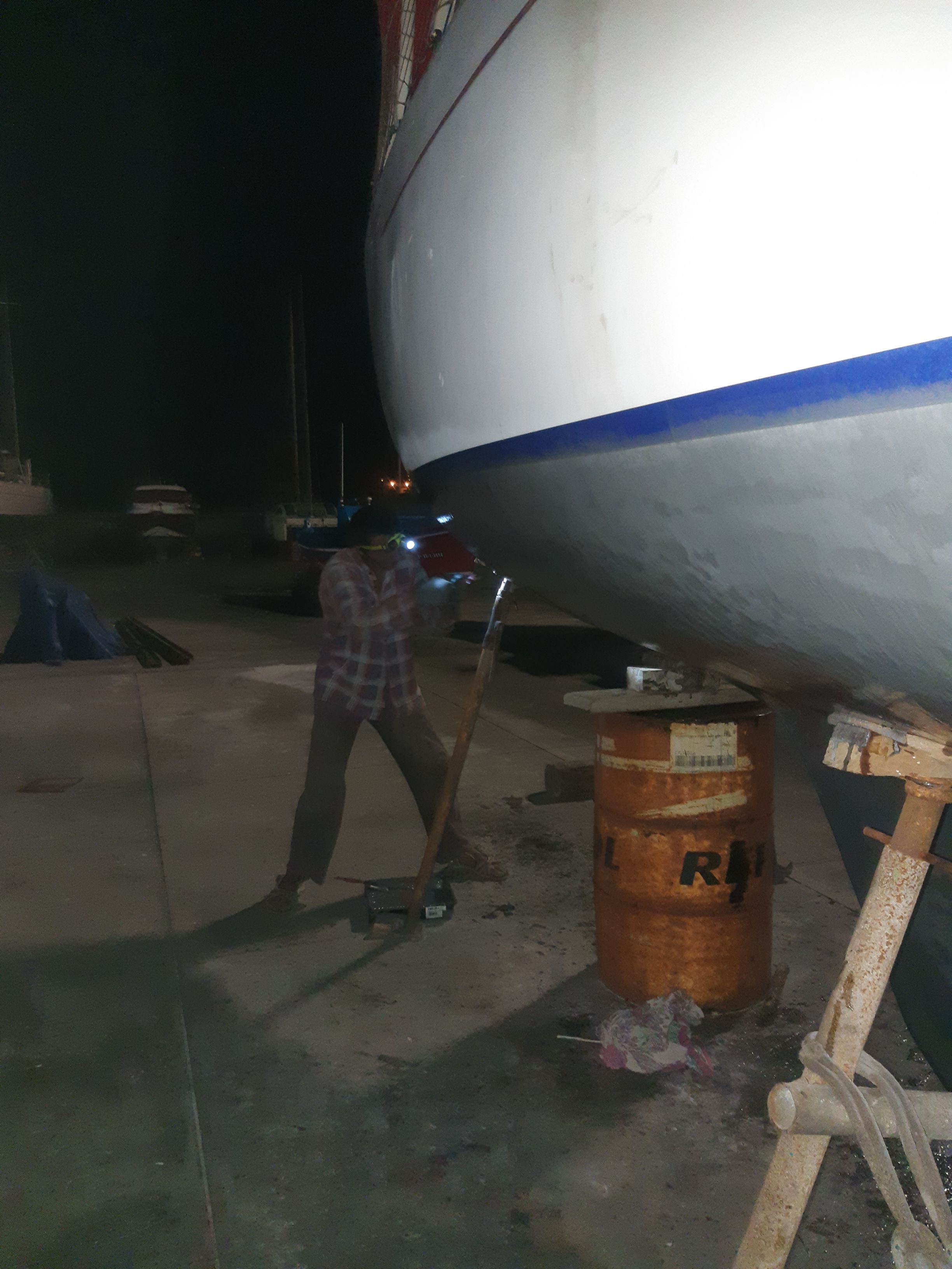
We sanded the hull for a few days wearing masks and goggles. A terrible job. Then, for a whole day, adhering to strict time constraints, we applied successive layers of waterproof primer from the West System (resin plus aluminum powder). The next day involved sanding the primer and then applying Coppercoat, again adhering to specific time constraints between each layer. Altogether, with the hull sanding, it was about two weeks of unpleasant work. We proudly cleaned up at the end.

However, the moment of peeling off the masking tape from the waterline turned out to be a moment of great disappointment - the resin started to peel off. It is difficult to say exactly why this happened - whether we applied too thick a layer, or didn't follow some technical procedure (from guesses, we didn't wipe the bottom with acetone just before applying the resin or it dried for too short a time after washing post-sanding), maybe the salt in the air, or the incompatibility of this particular resin with our laminate (the only two similar cases we read about concerned old Swedish boats). In any case, the laminate at the tape was peeling off.
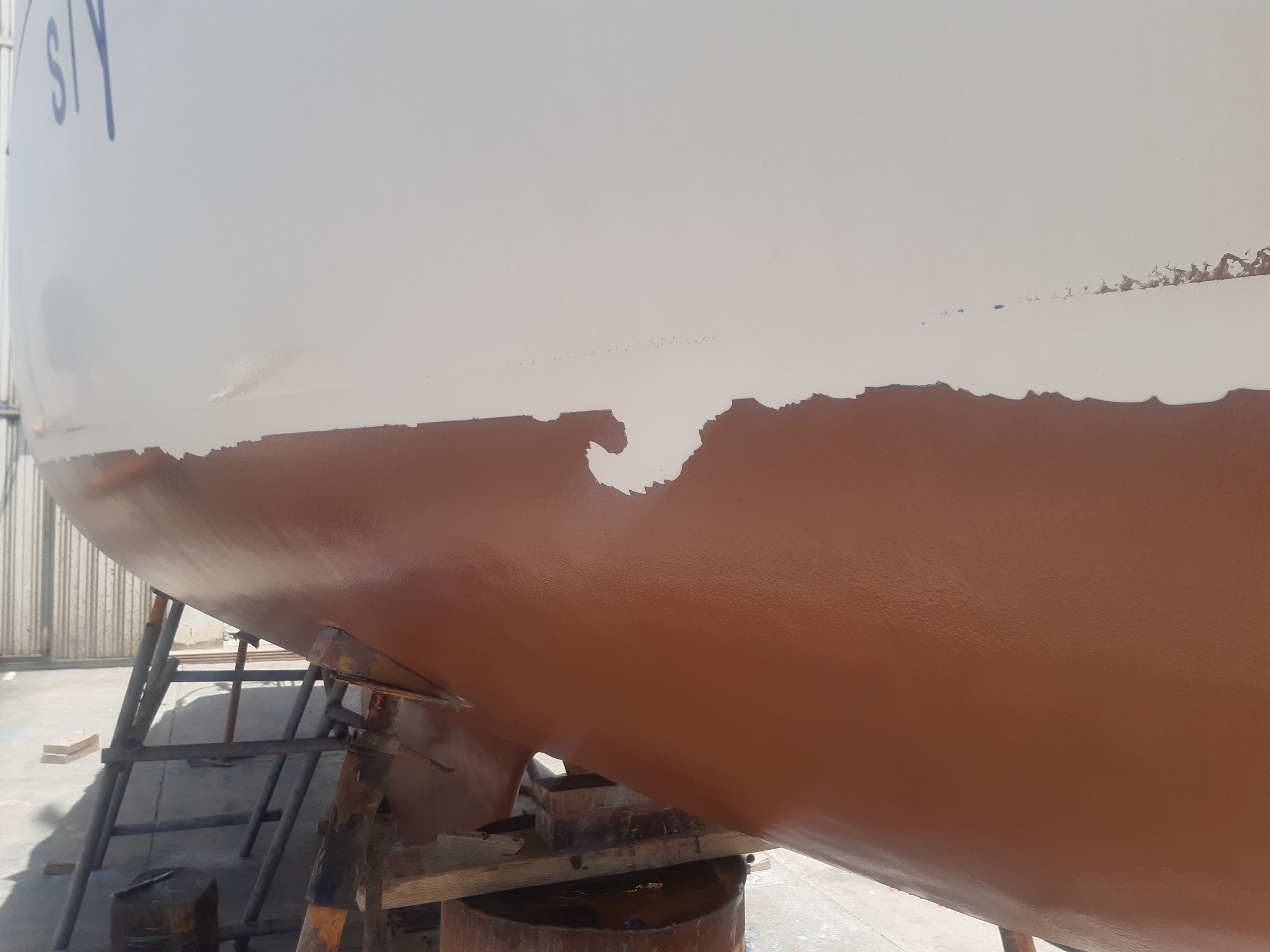
Kamil took samples in 10 other places on the hull, and the problem only repeated in two (so statistically 80% should be fine). He concluded that stripping everything doesn't make sense, so he only sanded and painted over the exposed areas.
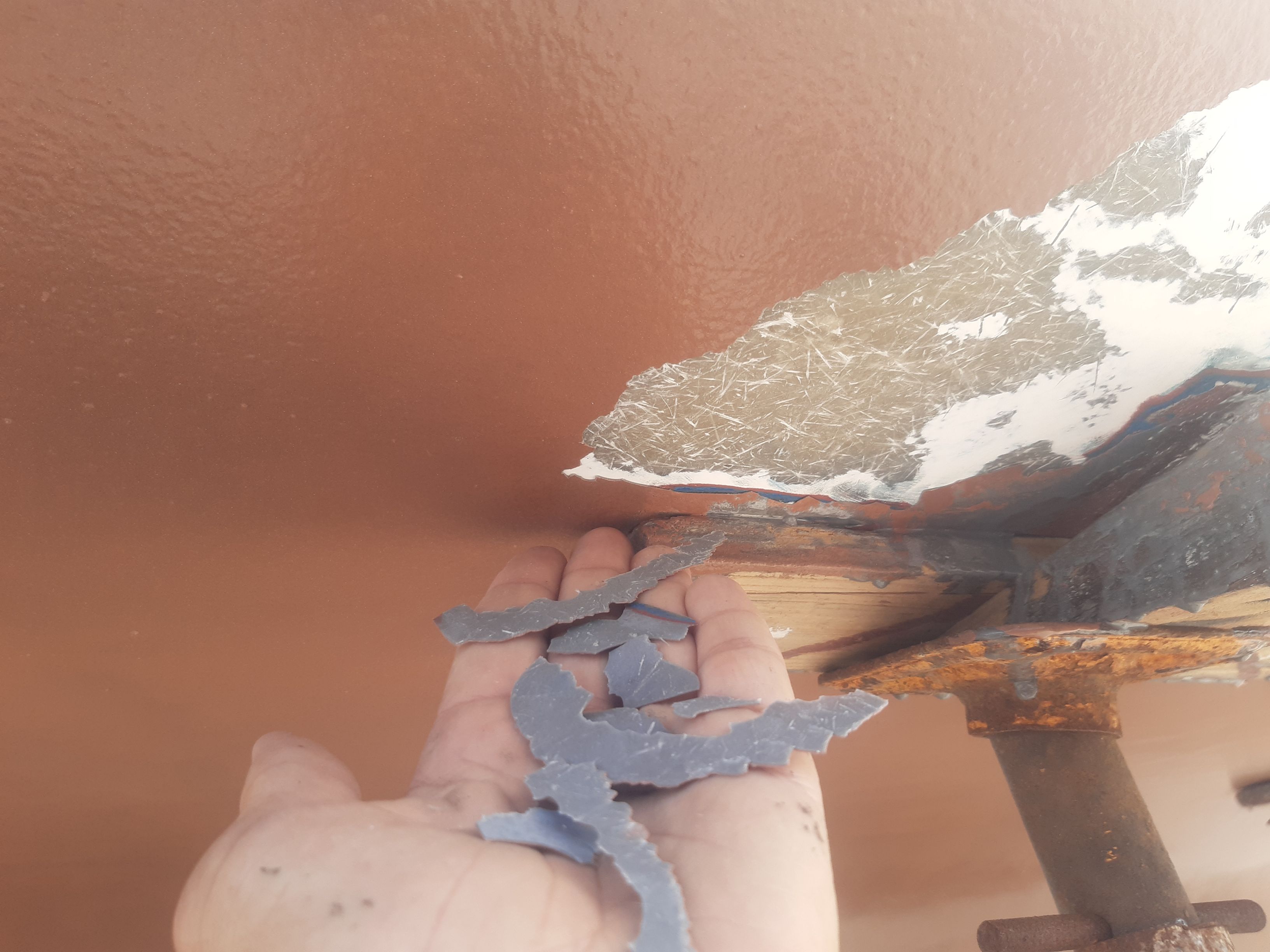
The final step was to wipe the entire bottom with sharp cloths to uncover the copper that inhibits the growth of organisms on the surface of the bottom.
Later, it turned out that the layer does not peel off anywhere on its own, but we'll see how it holds up after a few seasons in the water. Coppercoat proved to be very effective. The unpainted areas on the supports were overgrown with crustaceans after just a few days in the water, and apart from those points, the hull was clean. So in the following season, we painted over the previous support points as well (we kept some resin for this purpose).
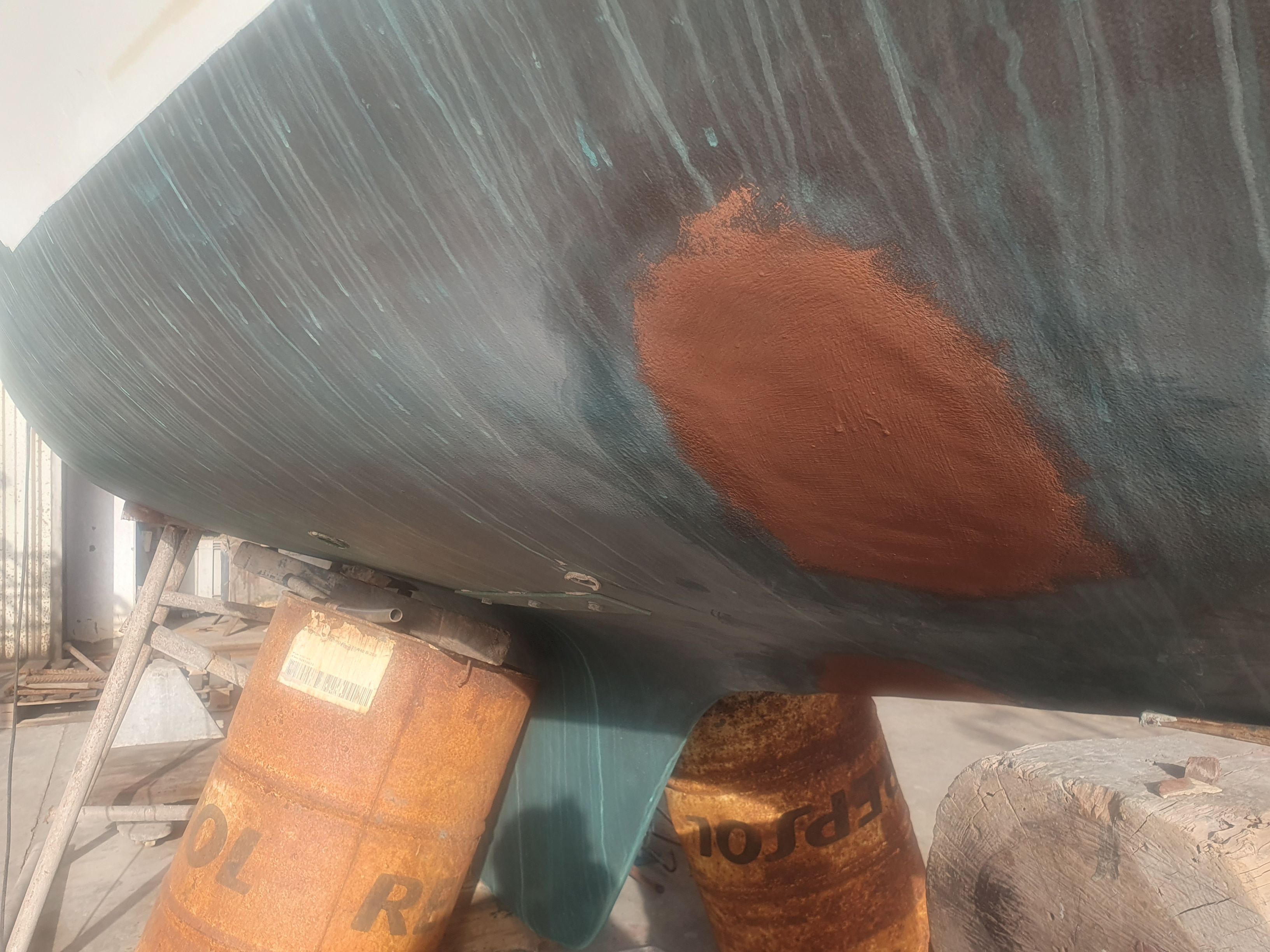
The repair kept us in La Restinga for over a month, giving us the opportunity to better understand the life of the town. We had already noticed that July is LGBT month - although the only manifestation of this fact we observed was the change of the illuminated sign with the town's name from green to rainbow and the display of colorful flags in guesthouses. However, we now discovered that on July 16th, the Fiesta Virgen del Carmen, or Our Lady of Mount Carmel, the patron saint of seafarers, is celebrated. The key moment of the celebration is the solemn procession with the figures of Christ and the Virgin Mary.
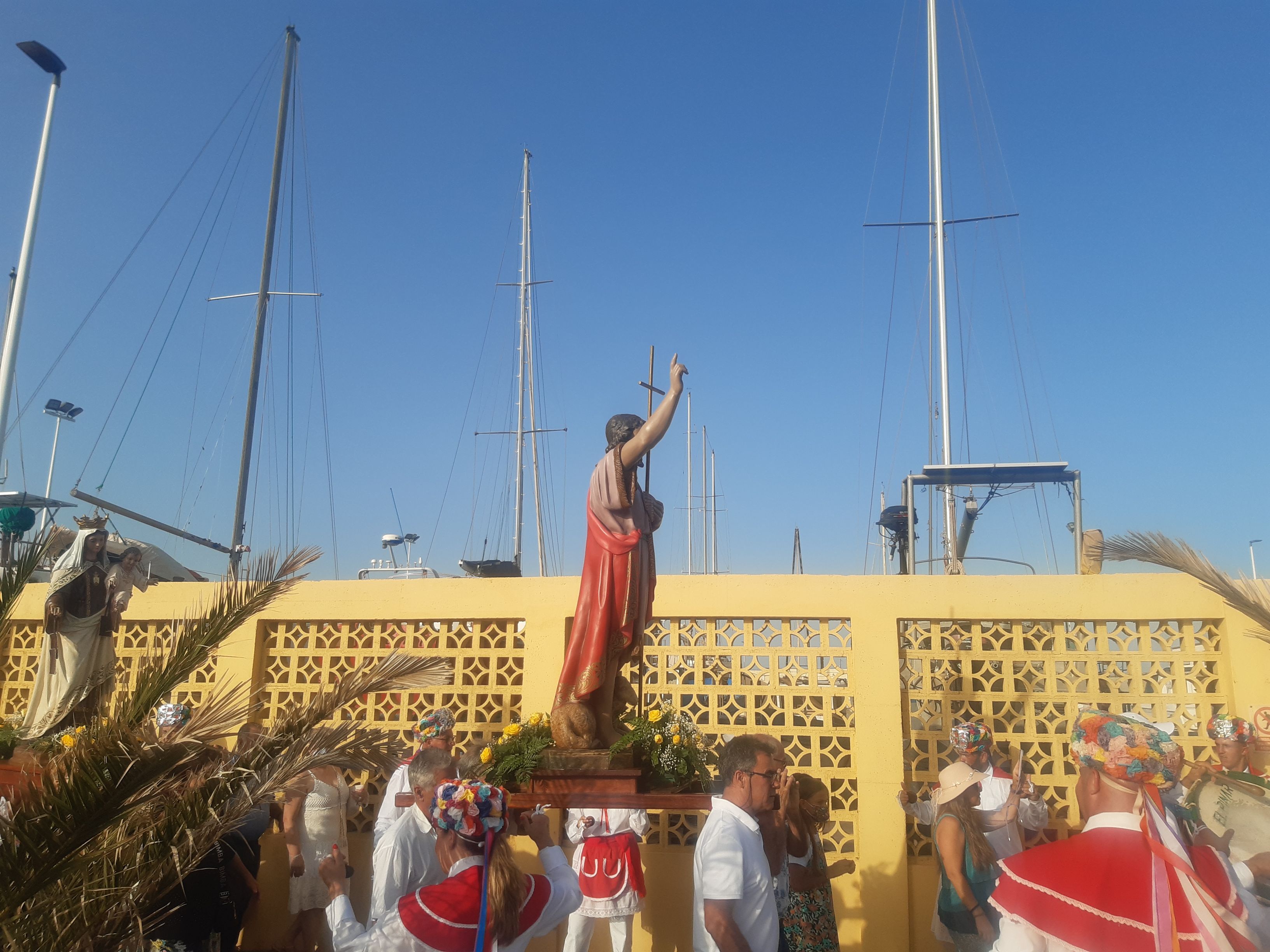

It passes through the entire town to the port, where the figures are loaded onto a festively decorated fishing boat and set out from the port for a round at sea accompanied by all the fishermen and divers from the town.


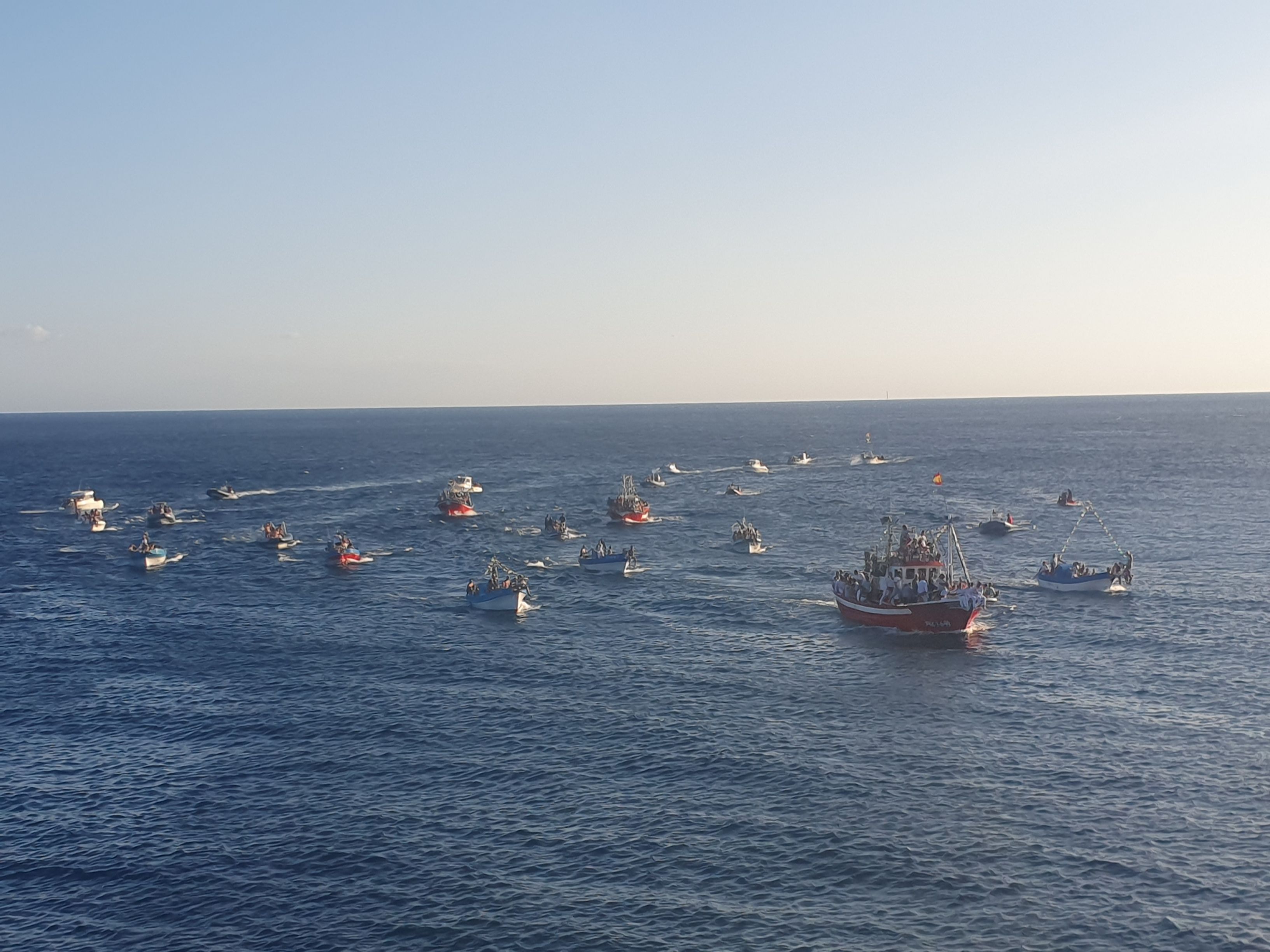
The whole festival lasts a week and is full of various events. One day is entirely dedicated to children - the main street of the town is closed to traffic and taken over by bouncy castles and a foam cannon.
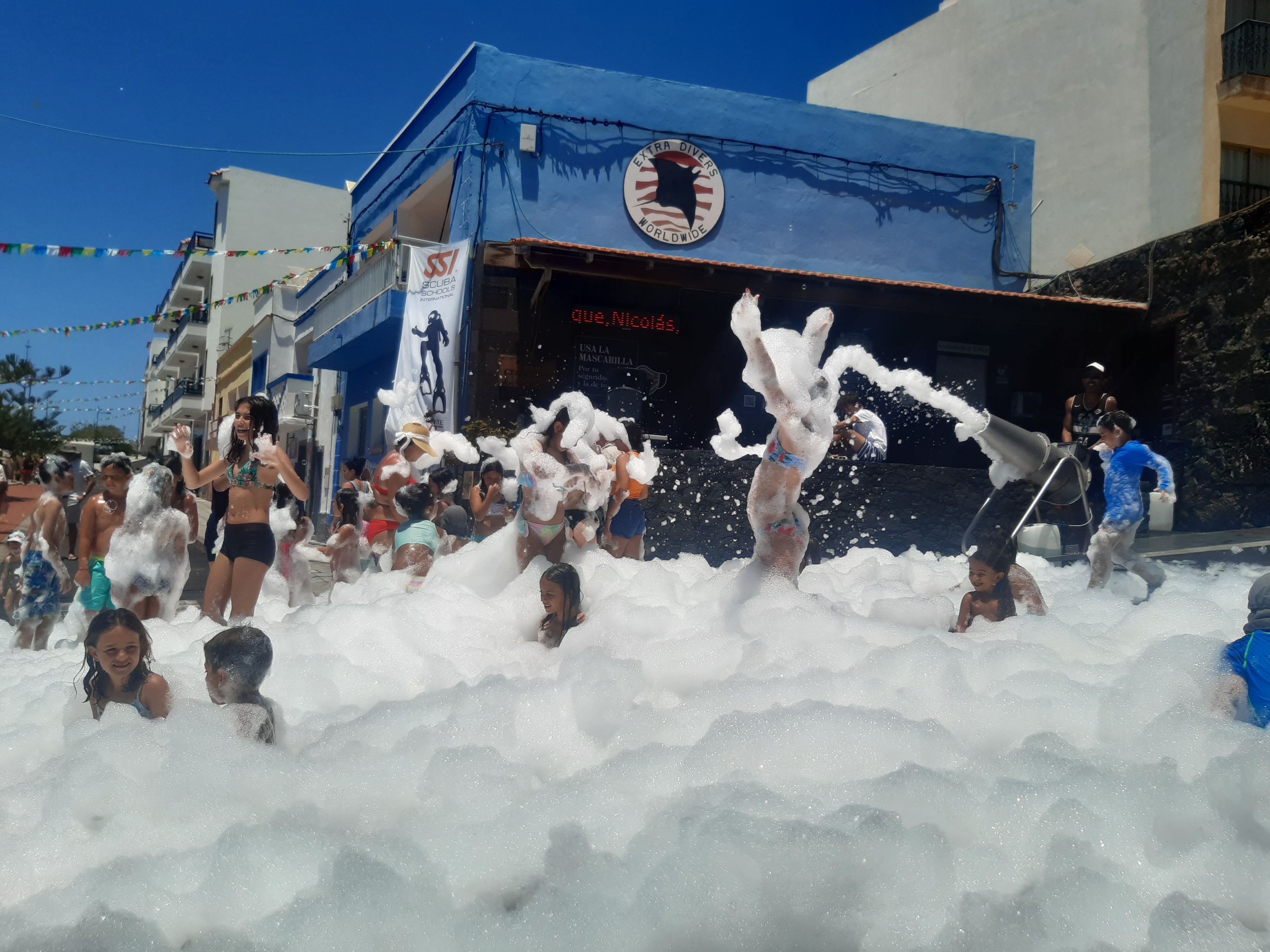
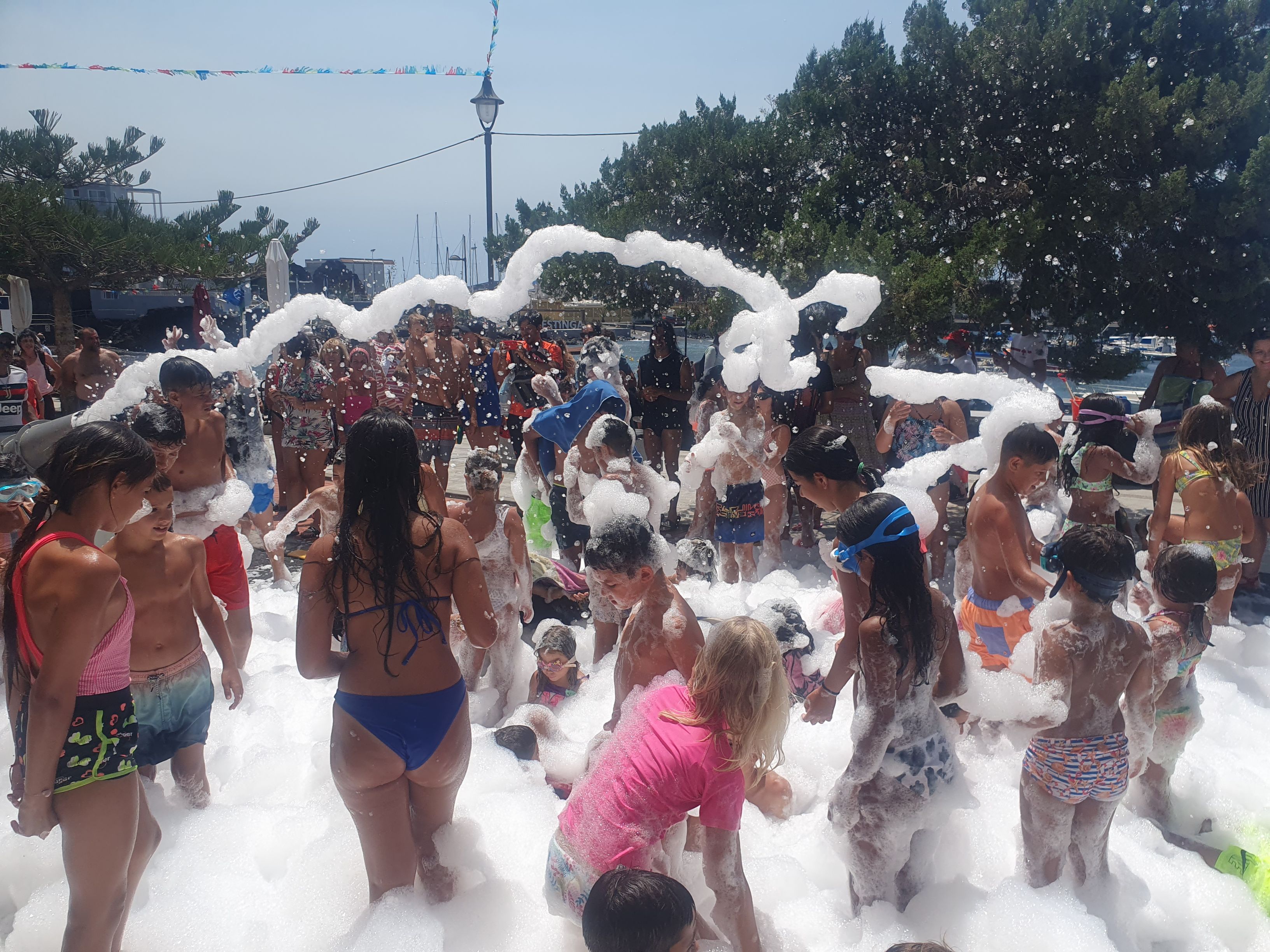

There is also a feast day. The food is prepared and served outdoors. Anyone interested receives a portion of fried tuna, gofio, and a glass of wine. The tuna is fried on a huge, rectangular pan heated with wood. Fresh, seasoned pieces are tossed in on one side. Then they are shoveled towards the other end of the pan, where they are already cooked, removed, and handed out.

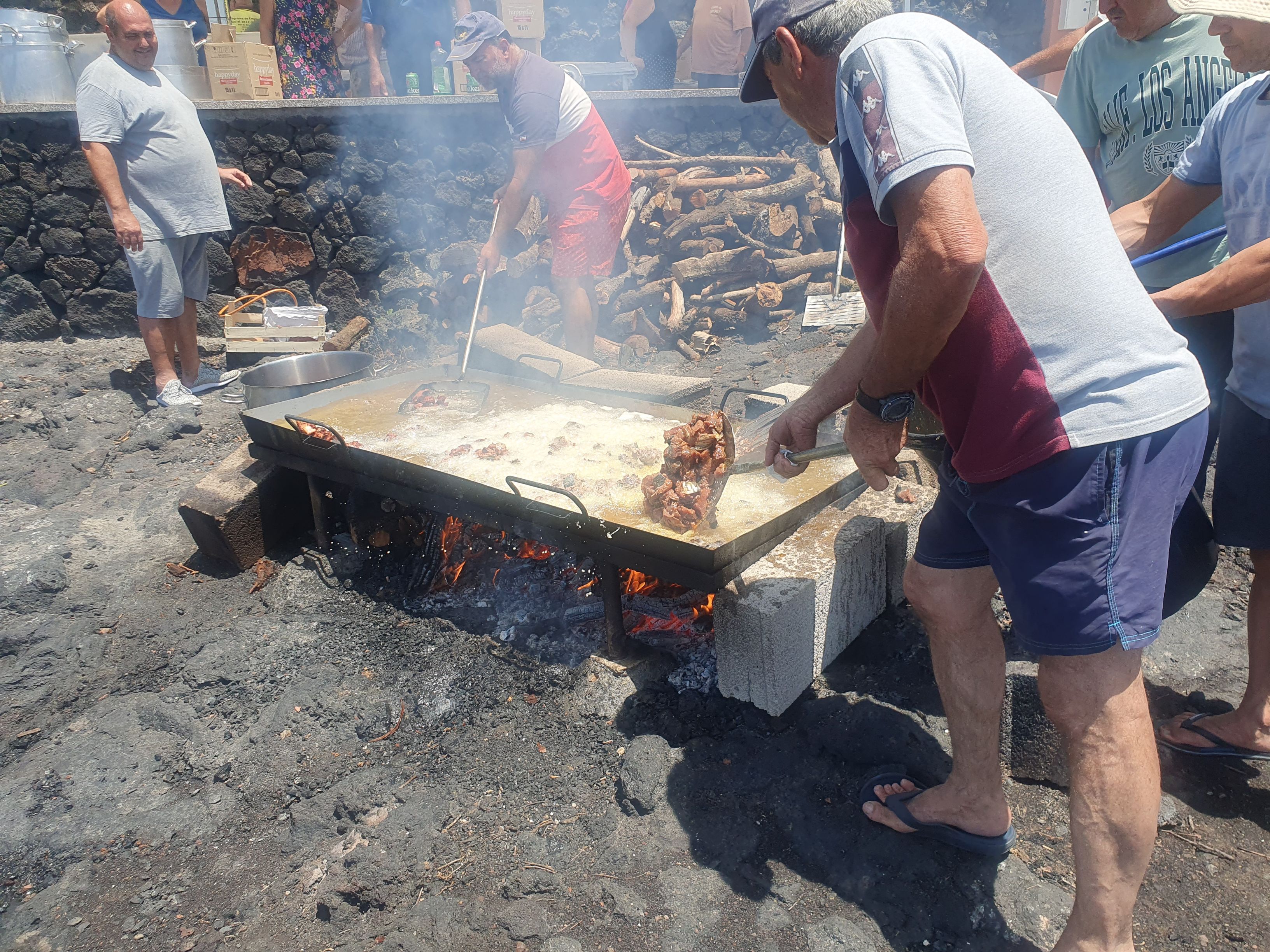
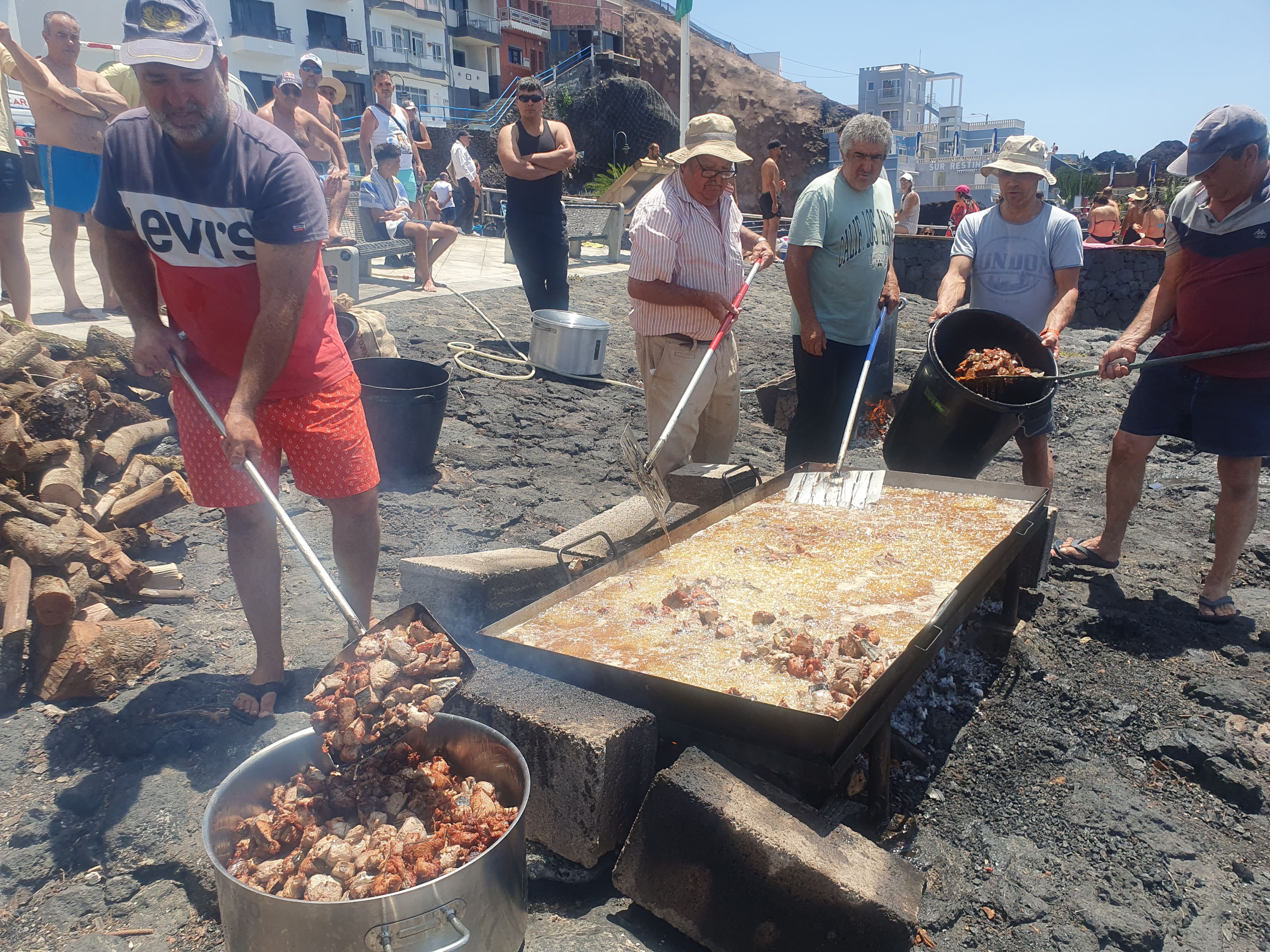

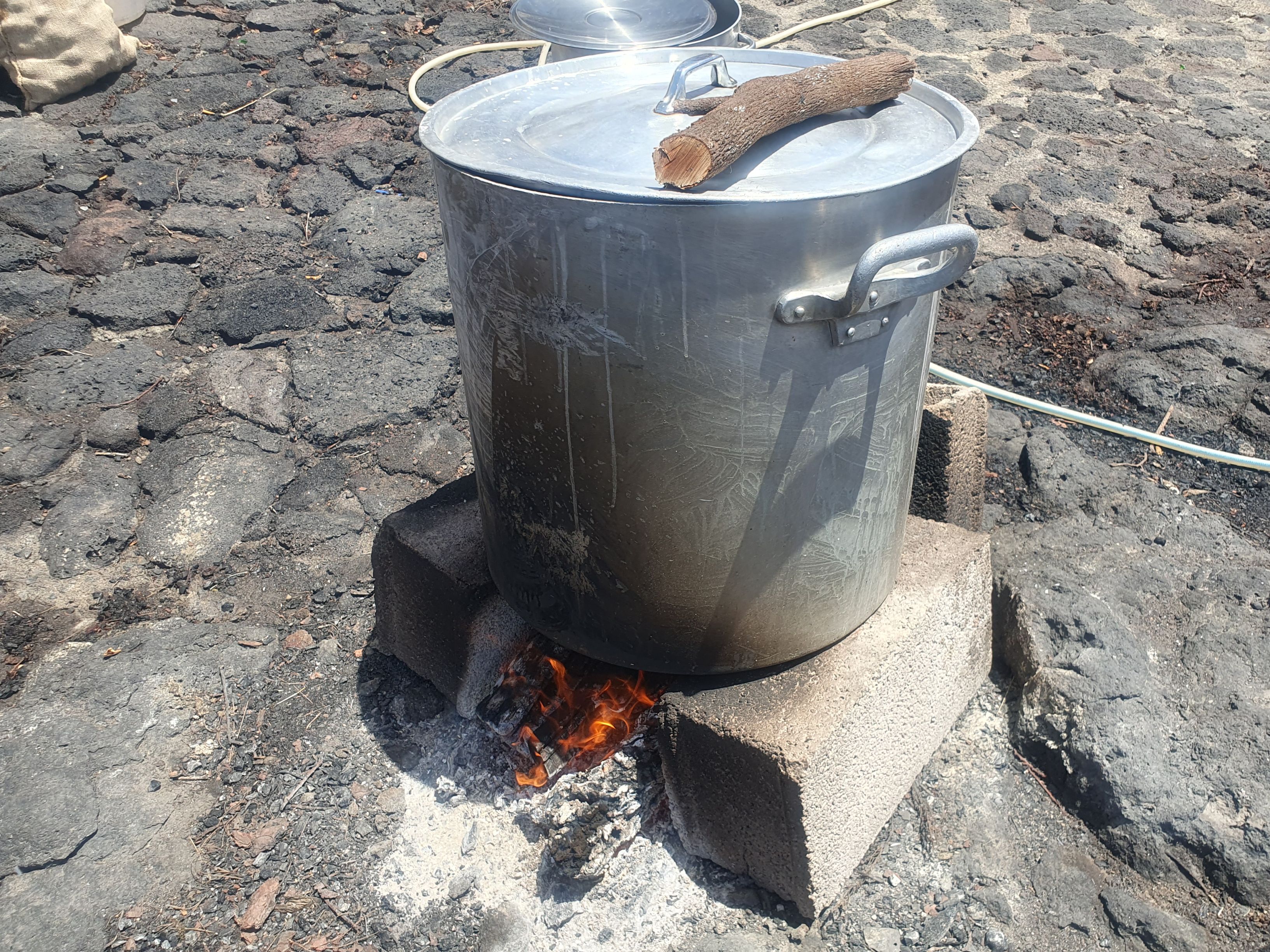
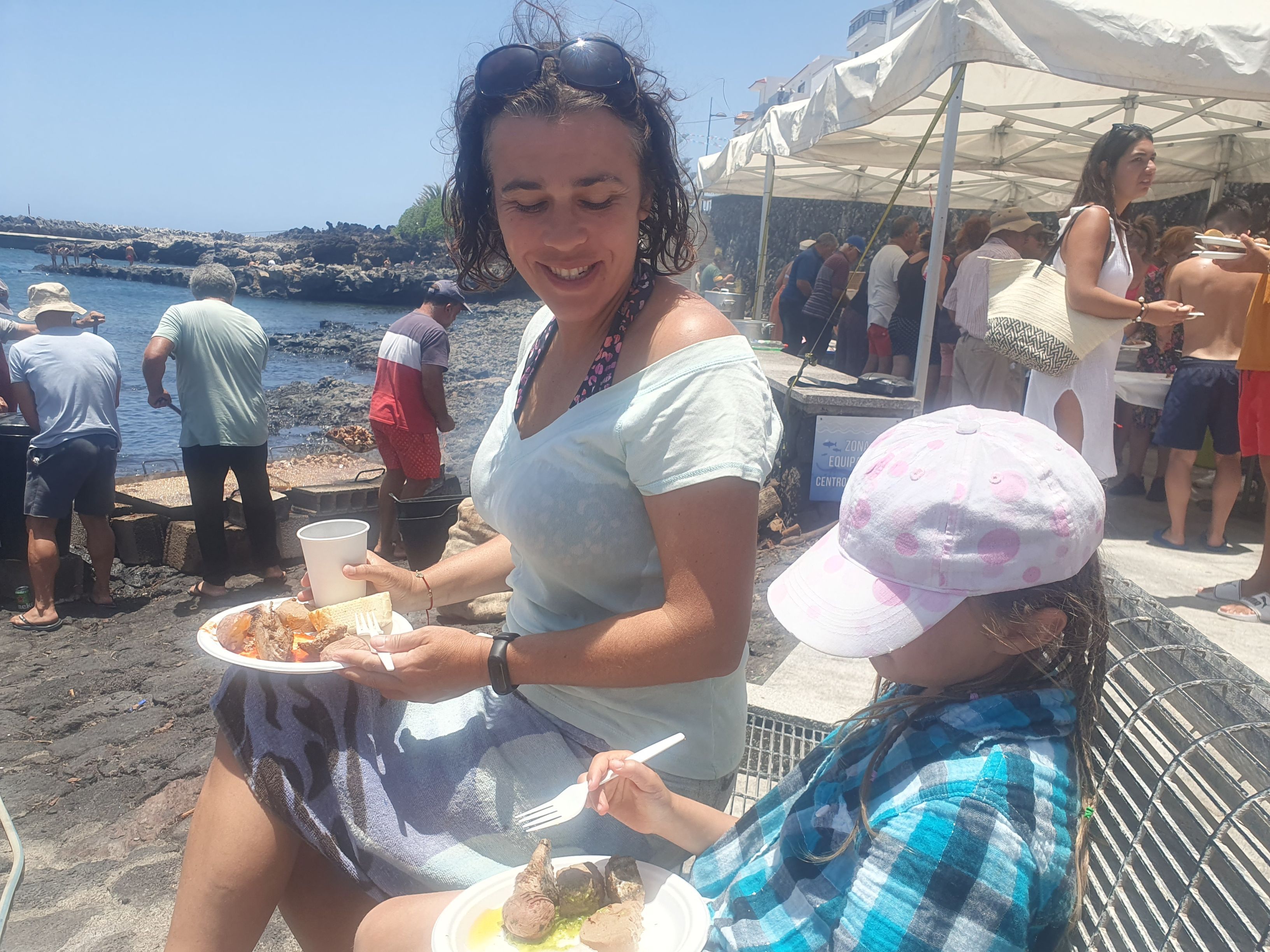
In the evenings, concerts, performances, bingo tournaments, and the like take place in the square. We decide to put the boat in the water to see how soaking and drying affects the durability of the bottom coating.
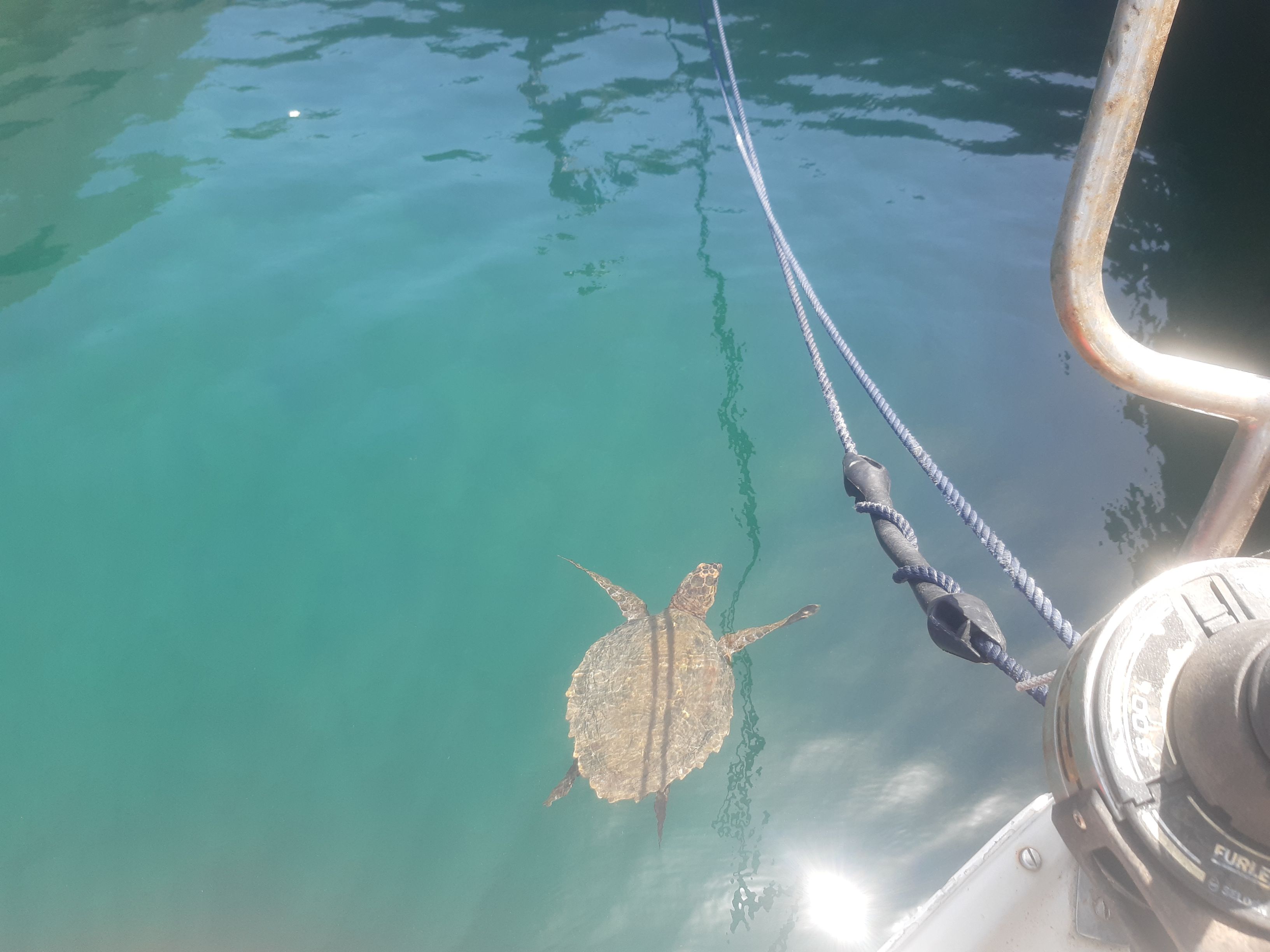
Once again, we are taking a trip to Gomera.
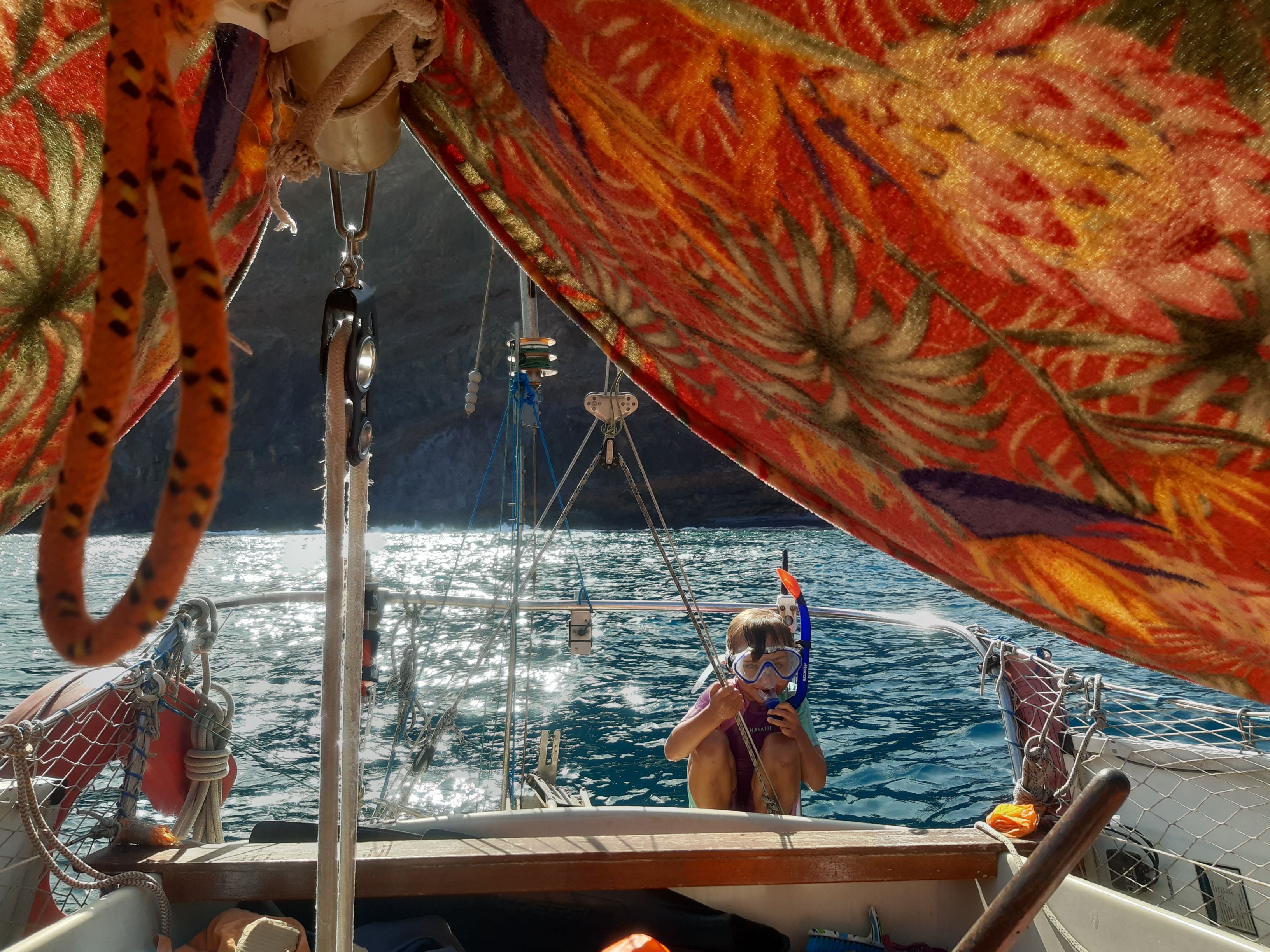
We visit familiar coves and enjoy the beach. Kamil has become quite skilled with the spear gun, so we have fish for dinner almost every day. However, it turns out that we are not the only ones with a taste for fish - a large stingray notices the black figure with waving legs pulling a bag of appetizing viejas and thinks it's worth observing. It never decided to attack, but it reached a point where, as soon as Kamil approached the rocks with the spear gun, the stingray would appear, so we changed our location just in case.
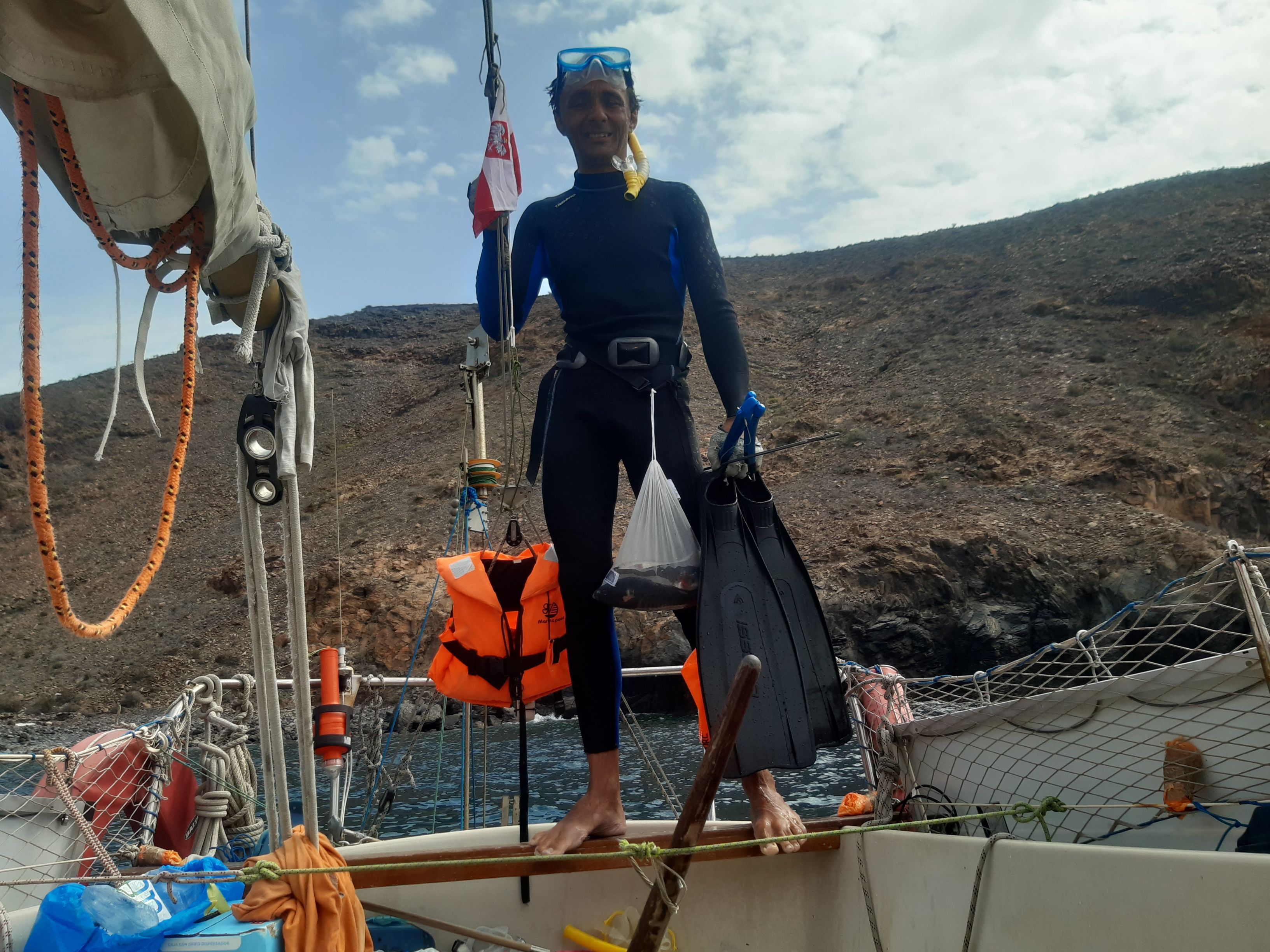
Another adventure with stingrays took place on the beach in Valle Gran Rey. A local tavern had a habit of throwing food scraps into the water at a certain time. The local stingrays took advantage of this by eating the leftovers. Some even attempted to climb the harbour steps to get an advantage in choosing tasty morsels. After dining, one of the fish swam into the bathing area and dozed off in the sand. Kamil stepped on it, and the awakened stingray darted forward as Kamil fell backward. Kamil thought he had stepped on something slippery. Only Zuza saw the departing stingray. Both sides must have been very frightened, but fortunately, nothing bad happened to anyone.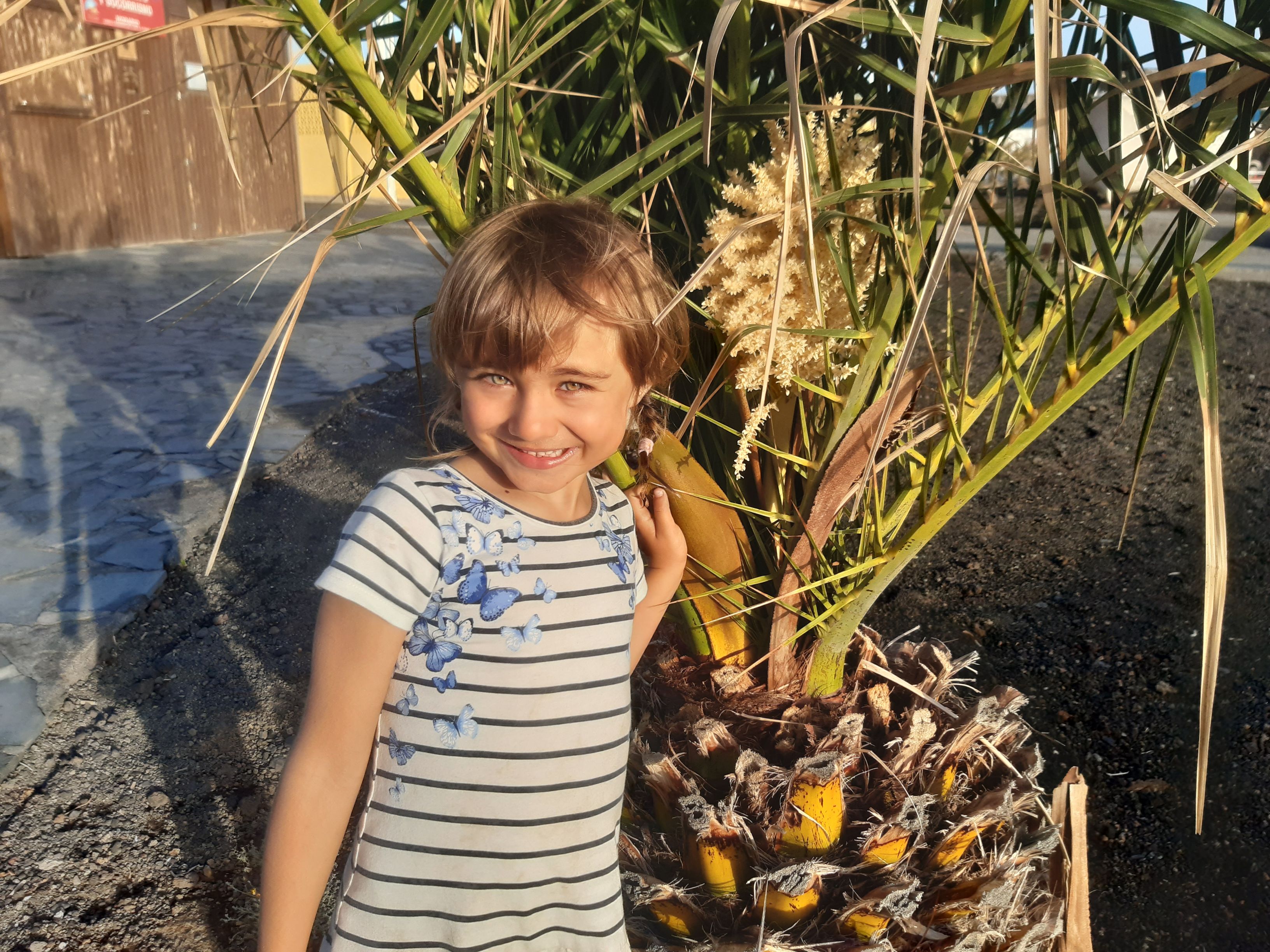
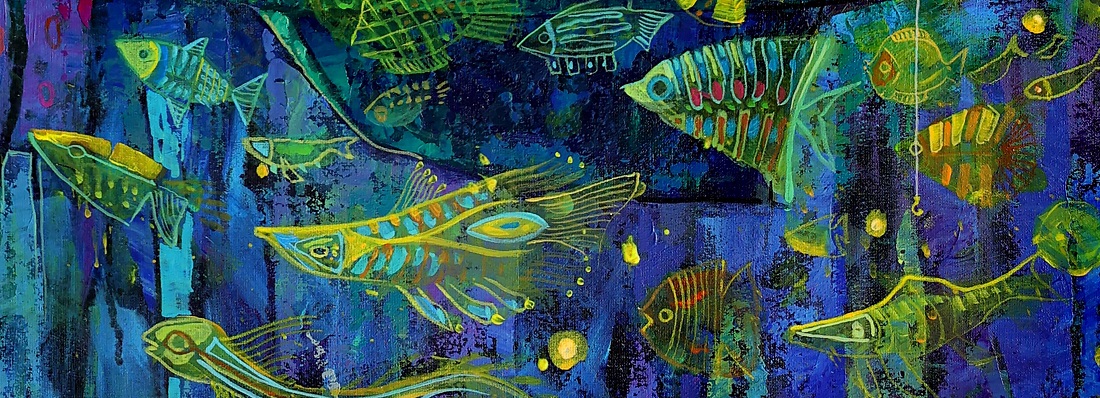

Comments